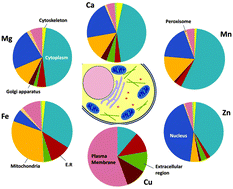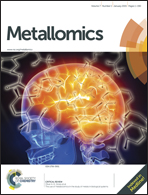Bioinformatics survey of the metal usage by psychrophilic yeast Glaciozyma antarctica PI12
Abstract
Metal ions are one of the essential elements which are extensively involved in many cellular activities. With rapid advancements in genome sequencing techniques, bioinformatics approaches have provided a promising way to extract functional information of a protein directly from its primary structure. Recent findings have suggested that the metal content of an organism can be predicted from its complete genome sequences. Characterizing the biological metal usage of cold-adapted organisms may help to outline a comprehensive understanding of the metal-partnerships between the psychrophile and its adjacent environment. The focus of this study is targeted towards the analysis of the metal composition of a psychrophilic yeast Glaciozyma antarctica PI12 isolated from sea ice of Antarctica. Since the cellular metal content of an organism is usually reflected in the expressed metal-binding proteins, the putative metal-binding sequences from G. antarctica PI12 were identified with respect to their sequence homologies, domain compositions, protein families and cellular distribution. Most of the analyses revealed that the proteome was enriched with zinc, and the content of metal decreased in the order of Zn > Fe > Mg > Mn, Ca > Cu. Upon comparison, it was found that the metal compositions among yeasts were almost identical. These observations suggested that G. antarctica PI12 could have inherited a conserved trend of metal usage similar to modern eukaryotes, despite its geographically isolated habitat.

- This article is part of the themed collection: Metals in marine biochemistry

 Please wait while we load your content...
Please wait while we load your content...